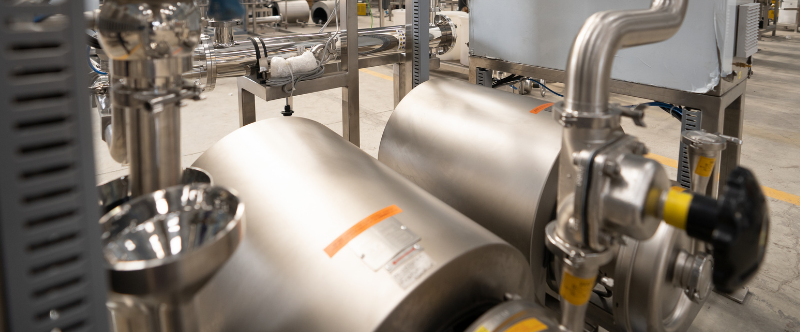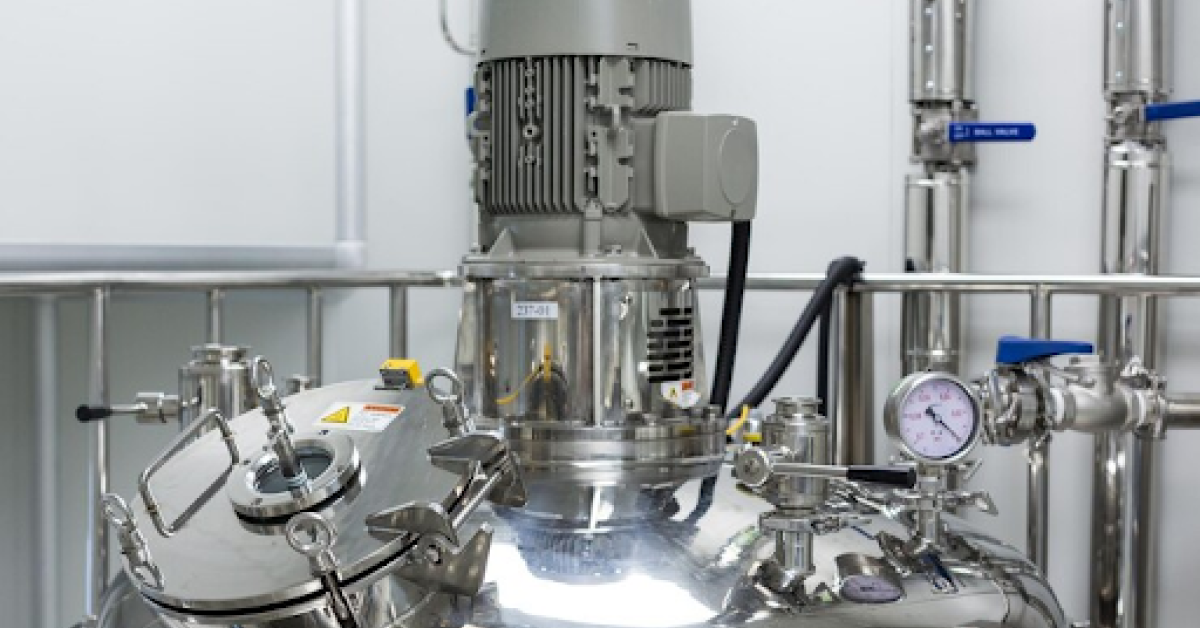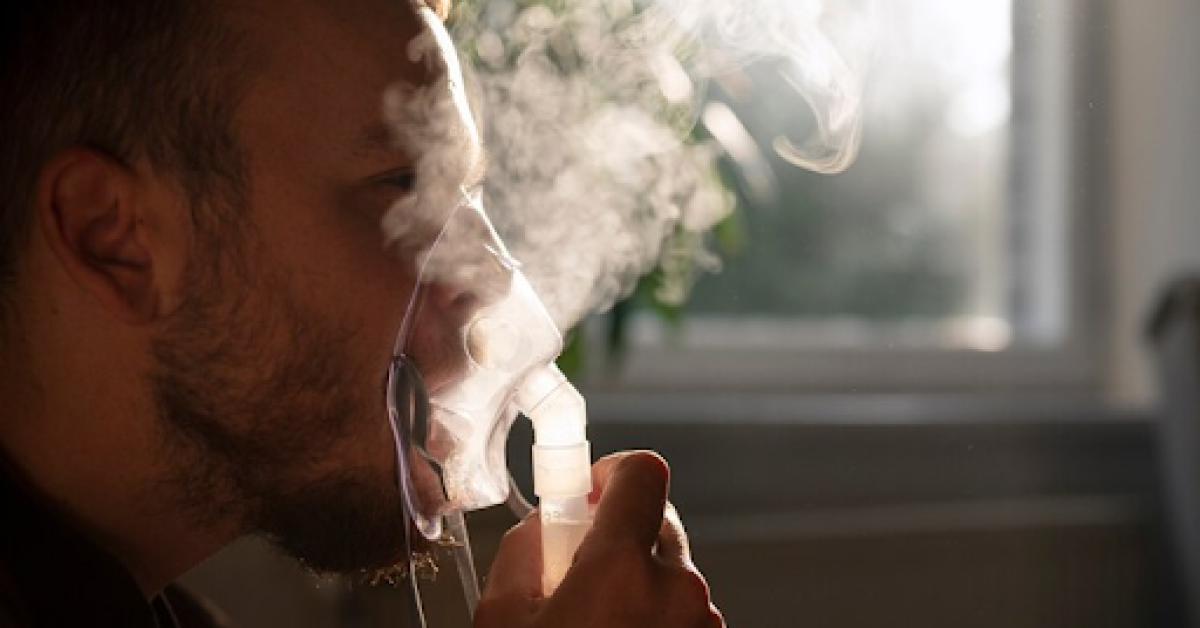CIP and SIP are essential parts of any industry where the highest standards of hygiene are to be maintained; thus, the role of CIP and SIP in pharma is extremely significant. The full forms of CIP and SIP are Cleaning In Place and Sanitization in Place, respectively.
What is CIP and SIP in Pharma?
CIP and SIP in pharma refer to the process of cleaning and sanitizing pharmaceutical manufacturing equipment without moving them from its position. In order to understand hygiene standards in the industry, it is important to understand what is CIP and SIP in pharma. In most countries around the world, the manufacturing equipment had to be disassembled to clean and re-assembled properly. However, the 1950s saw a great rise in CIP and SIP practices which not only met the standards of the international regulatory bodies but also offered a host of advantages such as lower downtime, lesser water and detergent consumption as well as reduced dependency on manual labor.
CIP (Cleaning in Place)
CIP or Cleaning in Place normally includes different chemicals, heated water, and other agents to ensure that the equipment does not carry any contaminants that may interfere with the sanctity of the product being manufactured in them. In the case of the pharmaceutical industry, it is important to clean the pipes, storage tanks, and other paraphernalia used in obtaining highly purified water or water for injection, which have highly sensitive use cases.
Materials Used
Some of the most commonly-used chemical and cleaning agents used in CIP are:
Sodium Hydroxide (Caustic Soda)
Caustic Soda has been proven to be an effective way to get rid of proteins and nucleic acids and inhibit the growth of different bacteria, viruses, fungi, yeasts, and endotoxins.
Nitric & Phosphoric Acids
These are usually used after a caustic wash to stabilize the pH after a caustic bath and are excellent at scale removal without leaving any significant residue.
Peracetic Acid (PAA)
PAA is an oxidizing agent and is capable of eliminating organic materials such as gram-negative & gram-positive bacteria, yeasts, fungi, etc. It is the preferred substance for CIP as it leaves no harmful residues behind and is effective even at low temperatures. However, it tends to have a corrosive effect on brass, bronze, galvanized iron, copper and plain steel.
Sodium Hypochlorite
Owing to its high antimicrobial properties, Sodium Hypochlorite is widely used in CIP practices. It is effective in getting rid of dried and fixed organisms and biofilms from the surface. It is inexpensive, not dependent on water hardness, and leaves no harmful residue. However, it can have a corrosive effect on metallic surfaces in higher concentrations and is also not an environment-friendly option.
Chlorine Dioxide
It is often used as a substitute for hypochlorite and is effective against high organic contaminants. It is comparatively less corrosive than hypochlorite and less harmful to the environment.
Challenges Faced
Choosing the right chemical or a combination of chemicals is an extremely crucial part of the CIP process. Not all detergents are created equal, and the one-size-fits-all approach simply does not work in CIP. Cleaning agents should specifically target particular pollutants and contaminants for the process to have optimal results.
A wrong combination of chemicals or chemicals used at low temperatures can also lead to over-foaming, which may interfere with the process and may consume additional resources to remedy, which translates to higher costs.
Ever since its emergence in the 1950s, CIP has been standard practice in several industries, including pharmaceuticals. CIP makes the cleaning process automated and enjoys considerable benefits such as reduced downtime for the machinery, reduced dependence on manual labor, and reduced consumption of resources such as water.
However, it is not without its fair share of challenges. Some of the most common issues that pharmaceutical companies face are environmental challenges that may arise from wastewater handling.
In recent times, the negative effect of chemical wastewater has been largely studied and discussed. Regulatory bodies and laws are in place to reduce industrial water pollution, which strictly controls the number of pollutants in the water that can be disposed of in the municipal water disposal system. Using a poor CIP strategy may lead to increased costs in order to treat the wastewater so that it complies with the environmental guidelines.
Process of CIP
CIP uses a combination of processes, including using a mix of chemicals, pre-rinse, heating, chemical recirculation, intermediate rinse, sterilization, and post-sterile rinse. The processes and the chemicals used may be determined based on the machinery’s specific requirements and the manufacturing unit’s operating capabilities.
Identifying the Main Components of an Effective CIP Cycle
Depending on the scope and specifications of a particular pharmaceutical manufacturing operation, the efficacy of a CIP cycle can mean different things to different people.
However, generally, an adequate CIP design should have the following properties:
- It should be capable of providing the best cleaning in the shortest amount of time.
- It should take into account the nature of the main residues. More viscous residues require a deeper cleaning. The turbulent flow and pressure should be determined, keeping this in mind.
- It should ensure uniform exposure to CIP fluid for the entire surface area.
- Minimal energy losses due to overheating, exothermic reaction with caustic substances, or cavitation in pumps due to overheating are common issues during CIP. Thus the optimum temperature for CIP cycles may vary depending on the conditions and the scope and design of the facility. Some of the effective ways to ensure optimal temperature control are:
- Reduced crevices and corners
- No dead legs
- Recommended surface finish for all contact parts
- Preventing sagging of pipes
- Proper drainage capabilities
- Adequate flow rate
- Efficient automation
SIP (Sterilization in Place)
SIP is referred to as Sterilization in Place or Steam in Place. It is an extension of CIP and is defined as the process in which hot steam is used to clean different parts of pharmaceutical manufacturing machinery and paraphernalia without having to disassemble and re-assemble them.
Process of SIP
SIP has three main stages: heat up, hold or exposure, and cool down.
During the heat-up stage, the saturated steam is injected into the system and brought up to the required sterilization temperature, which is usually about 120° Celsius.
After the heat reaches the furthest component and the slowest heating location, the exposure stage begins. During the hold or exposure stage, the pressure and heat are accurately controlled. This stage lasts for about 3—40 minutes, depending on the complexity of the design. An exposure time longer than what is required may impact the gaskets, hoses, & other polymeric components.
After SIP, the system needs to be cooled down, which is done by blowing the hot steam out with sterile air or a cooling jacket.
It is crucial to check the integrity and functionality of the parts after the process, as repeated exposure to high temperatures and steam may adversely affect sensitive components such as filters.
Advantages of SIP
Some of the easily identifiable advantages of SIP include the following:
- Increased levels of sterility assurance and product safety
- Reducing multiple sources of possible contamination
- Reducing the need for multiple aseptic connectors
- Customization options for different sizes and volumes
Key Considerations for Effective SIP
The SIP design must be tailor-made to the operation and thus should be conceived and implanted at the time of conception and installation of the plant. Some of the key components to keep in mind while designing the SIP system include the following
- Effective steam distribution
- Ability to withstand the pressure that is generated by the sterilized steam
- Complete compliance with the regulatory guidelines for pure steam
- Ensuring complete elimination of entrapped air or non-condensable gases with the help of adequately designed air vents and retentive filters
- Complete absence of air pocket formation possibilities
- Complete exposure to steam for all surfaces
- Designs that allow constant bleeds of steam
- No temperature loss or condensate formation
- No leakages in the system
- Properly recording, monitoring, and maintaining the temperature at critical points
- Proper drainage
- Provisions to cool the vessel after the process
In conclusion, as an industry that requires and uses the purest form of resources and needs a sterile manufacturing unit, understanding what is CIP and SIP in Pharma and the benefits of these systems help ensure effective pharmaceutical operations. After all, only safe and sterile manufacturing conditions can ensure the production of safe and sterile pharma products.





